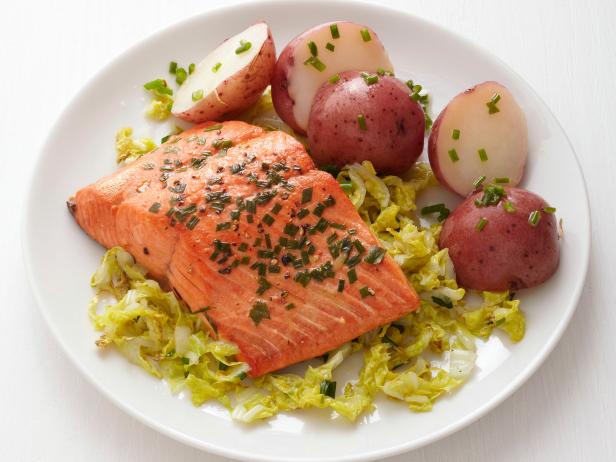Chives vs Green Onion: Exploring the Differences and Culinary Uses
In the culinary world, herbs and vegetables play a vital role in enhancing flavors and adding depth to various dishes. Two popular ingredients that often find their way into recipes are chives and green onions. While they may appear similar, there are distinct differences between the two. In this article, we will explore the dissimilarities and delve into their unique characteristics, flavors, and culinary applications.
I. Origins and Botanical Classification
Chives, scientifically known as Allium schoenoprasum, belong to the Amaryllidaceae family and are native to Europe, Asia, and North America. They are classified as perennial herbs with long, slender leaves that resemble grass.
Green onions, on the other hand, belong to the same genus as chives (Allium), but they are classified as Allium cepa var. cepa. Green onions are actually young onions that are harvested before they fully mature. They possess a small bulb with long, hollow leaves.
II. Appearance and Flavor
Chives have thin, cylindrical leaves that are typically green in color. They grow in clumps and can reach a height of 12-20 inches. The leaves have a delicate onion-like taste, but they are milder and more subtle compared to traditional onions. Chives also produce beautiful, edible purple flowers that are often used as a garnish.

Chives
Green onions, on the other hand, have a more substantial appearance. They feature a white or pale green bulb at the base, followed by long, tubular green leaves. The flavor of green onions is stronger and more pungent than chives, with a distinct onion-like taste.

Green onions
III. Culinary Uses
Both chives and green onions are widely used in various cuisines around the world, but they are employed in different ways due to their flavor profiles.
Chives are commonly used as a fresh garnish, adding a mild onion flavor to dishes without overpowering other ingredients. They are often chopped finely and sprinkled over salads, soups, baked potatoes, and omelets. Chives can also be mixed with soft cheeses or sour cream to create flavorful spreads or dips.

Cheddar Chive Turnovers
Green onions, on the other hand, are versatile ingredients that can be used raw or cooked. The white bulb and green leaves can be chopped and added to stir-fries, noodle dishes, salsas, and salads, providing a stronger onion flavor. Green onions are also used as a topping for grilled meats, tacos, and baked potatoes.

Egg Salad With Green Onions
IV. Nutritional Benefits
Chives and green onions offer various health benefits and are rich in essential nutrients. Both are low in calories and fat while being packed with vitamins and minerals. However, there are slight differences in their nutritional composition.
Chives are an excellent source of vitamin K, vitamin C, and folate. They also contain antioxidants that help protect against cell damage. Green onions, on the other hand, are rich in vitamins A, C, and K. They also provide a good amount of fiber, which aids digestion.
V. Conclusion
Although chives and green onions share similarities, they possess distinct characteristics that set them apart. Chives offer a milder, delicate flavor, perfect for garnishing dishes, while green onions provide a stronger onion taste suitable for both raw and cooked applications. Understanding their differences allows chefs and home cooks to choose the right ingredient to elevate their culinary creations.
So, whether you opt for the subtle touch of chives or the bolder presence of green onions, both herbs are sure to add a burst of flavor to your favorite recipes.